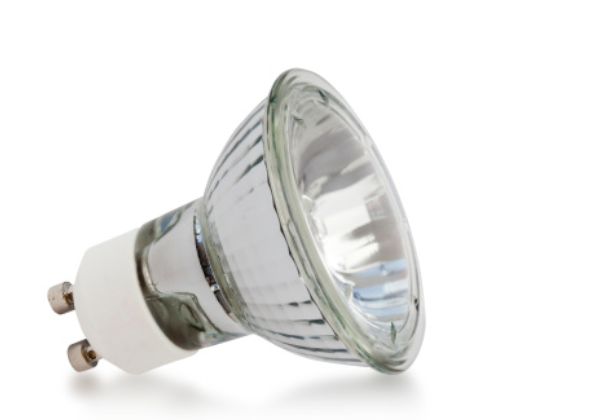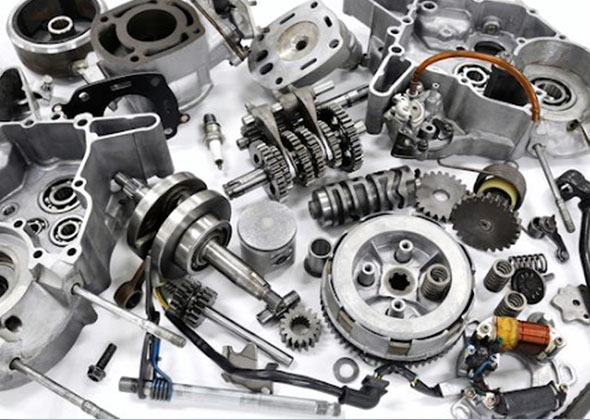The automobile manufacturing industry has undergone multiple revolutions over time. It is still growing rapidly with new innovations and changes with several new components added and modified depending on the requirements and demands of people.
Automobile lighting manufacturing is one such area of interest. The introduction of LED lights almost a decade ago was a big modification but today these lights are widely used. The OLED lights are a relatively newer concept in the lighting of vehicles.
Here, we have discussed both LED and OLED headlights in detail along with a comparison for better comprehension of all the car fanatics.
Car LED Lighting
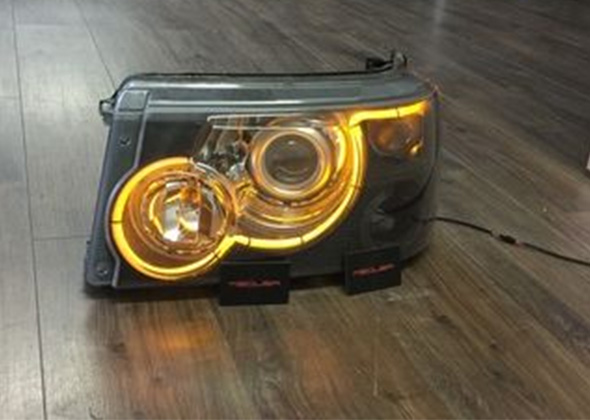
LED stands for Light Emitting Diode and today, automobile LED lighting is a popular option. There are various reasons why they are widely used. The crucial factor that makes them a wide choice for many people is that they are about 90% more efficient than other incandescent lighting options like halogen bulbs and others. They generate less heat and are durable which is why they are preferred the most.
LED lights generate a more bright, white light which is not annoying for the other drivers during the nighttime and even the day since they are also used as a daylight option.
LED Technology
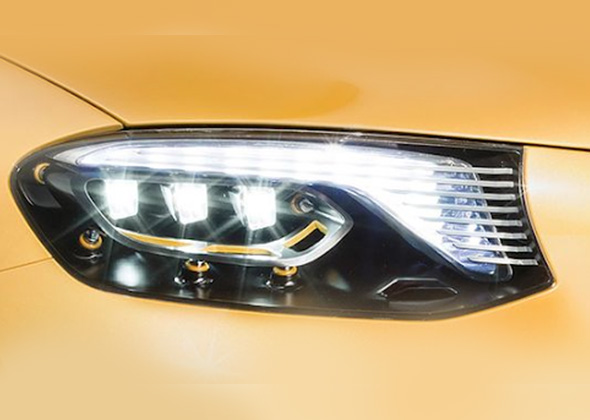
LEDs are point light sources that work when electricity is passed through a semiconductor or diode that creates a light and thus, lights up the LED. The heat which is generated during this process is absorbed by the heat sink, creating a thermal balance. As of now, car LED lighting is a famous option in the automobile industry.
These are smaller in size than halogen lights thus, consuming less fuel and generating better quality light. They also provide the freedom of designs which increases the aestheticism factor.
Application
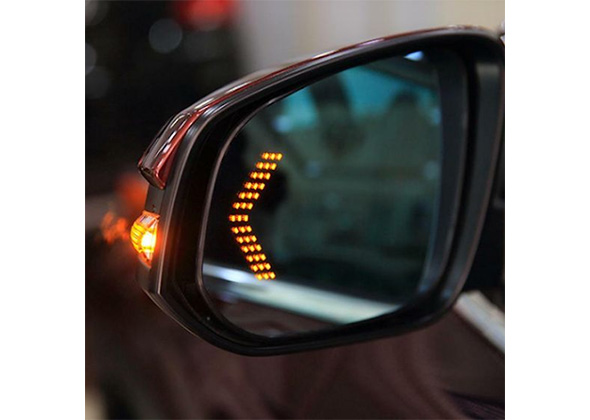
- There are various applications of LED in automotive lighting. They are used mainly for headlights since they offer a bright white light without a dazzling effect for the other driver.
- Another principle use of these is as daytime lights in automobiles which are compulsory in countries like Europe. The factor behind this is that they have a similar color temperature which augments the visibility and hence, is preferred for daytime running lights.
- Their small size makes them open to various designs and uses in smaller areas like rear lights, indicators, brake lights, fog lights, position lights, and others. These are also used in the interior of automobiles such as the dashboard or rear-view mirror lights.
Oled Automotive Lighting
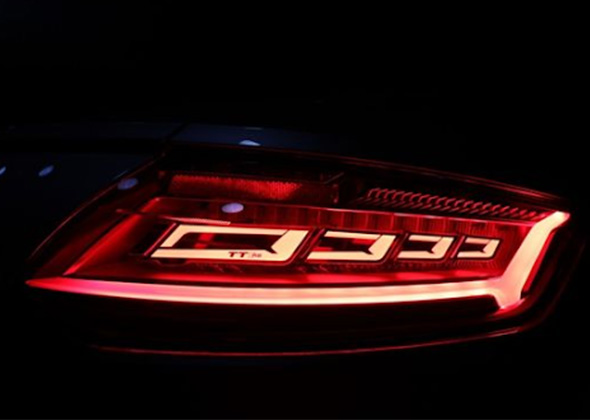
OLED stands for Organic Light-Emitting Diodes and is a relatively new and major innovation in the automotive lighting industry. They provide new and innovative designs and modifications in car lighting. It offers elegant, uniform, thin, and powerful lighting solutions for the exterior as well as the interior.
The major difference between LED and OLED is that the former is a point light source whereas the latter is a surface light source. The best part about these lights is that they can be divided into segments and controlled individually to adjust the levels of brightness.
OLED Technology
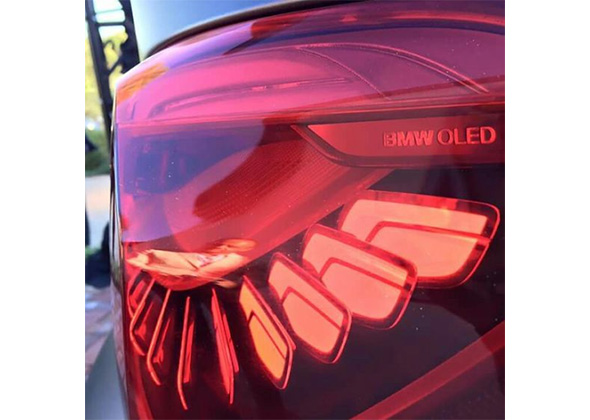
OLED is a newer concept in the automobile sector. OLED lighting technology makes use of several layers of organic semiconductors and when a current is passed through them, a bright light is emitted. These conductors are organic owing to the fact that only carbon and hydrogen are used for their manufacturing.
They are thinner as they do not require a backlight and hence, they can be made into several irregular shapes and curves. These are flat light sources that do not require optics or reflectors making them more efficient.
Applications
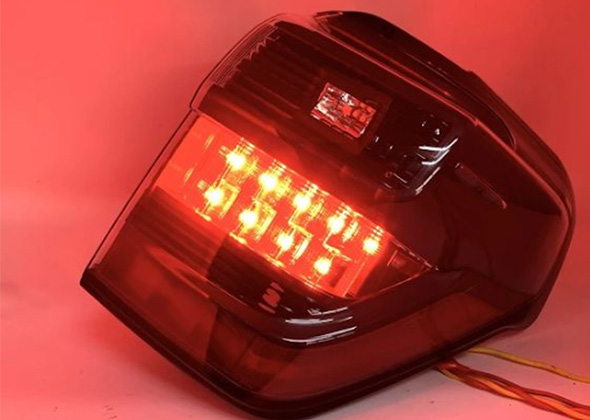
The OLED automotive lighting is used in the following areas:
- These are used in the rear display of a car such as exterior panel lights to warn the pedestrians and give a hint of the driver’s next action.
- They are ideal for tail lamp light since they emit significantly better and homogenous lighting. OLED headlights also serve as a great option. They support concave and convex bending and hence can be utilized at curved places, effectively.
- OLED is also used as flowing lights, signal lights, indicators, or demonstrators. They can be used in the interior of the car to increase the overall aesthetic feature or look.
Pros
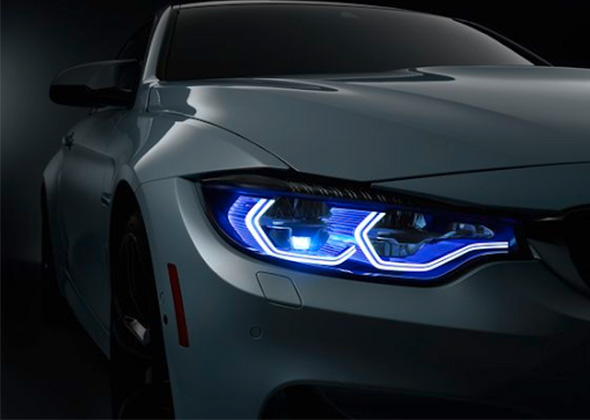
Here are some of the OLED benefits:
- They provide a homogenous light with unmatched brightness and color uniformity, without any issues of visibility at obtuse angles. They allow customization too.
- It is recyclable and sustainable which makes it an environmentally friendly source of light for the automotive industry. It even allows a wide range of designs since it is ultra-thin and can be bent concave or convex.
- They are energy-efficient, lightweight, have high-temperature resistance, and long lifetime. They emit no harmful blue light.
- They have a mirror finish, glare-free properties with no-flicker for the interior. They also possess perfectly defined segmentation which allows them to dim and focus according to their needs.
Cons
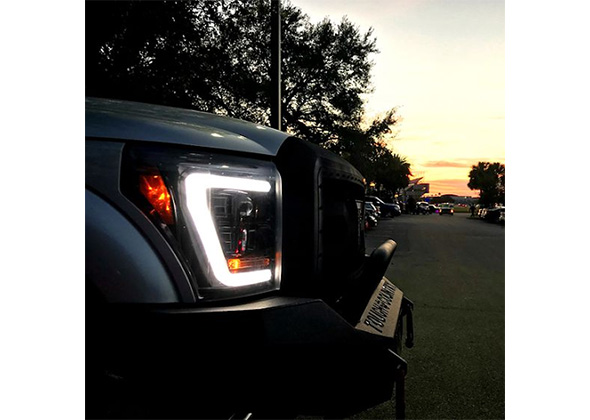
Below are some of the disadvantages of OLED lights for cars:
- OLED car lights are expensive owing to a complex manufacturing process which increases their production cost. The cost remains a major issue.
- Their emissive nature causes a problem in direct sunlight.
- They have a limited lifespan as compared to other light sources and they can be damaged by water.
- The repair charges are higher and the use of OLED is still limited to certain luxury and high-end vehicles only.
OLED Vs LED Technology in Car Lighting
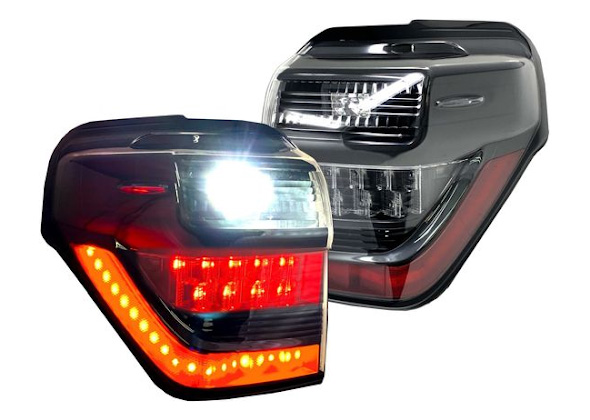
Both LED and OLED technology have their own pros and cons but LED lighting technology has an edge over OLED lights in terms of cost. LED lights are cost-competitive and they are more widely used in the automotive lighting industry nowadays. OLED headlights are an expensive option but the features are amazing as compared to LED.
LED lights have a longer lifespan than OLED lights but the latter is ecological, sustainable, and recyclable. LED headlamps offer an exceptional color range, instant illumination, better fuel efficiency, and easy installation. On the other hand, OLED offers unparalleled homogenous light, high-temperature resistance, and other safety advantages.
OLED can be damaged by water whereas LED is waterproof. OLED can be used in curved and irregular-shaped areas whereas LED cannot. Even though both share certain common features too like various designs, energy, and light-efficiency, etc. still, LED is more commonly used in the market which is mainly because of the price range.
Conclusion
The use of LED lights in the automotive lighting industry has seen various developments over the past 10 years which has made them cost-competitive and efficient in several ways. The OLED lighting technology is still in an introductory phase and requires more modifications in terms of cost to increase its usage in the coming years.
There are numerous reputed OLED and LED vehicle lights manufacturers around the world. Some of these are Osram, HELLA, Audi, Magneti Marelli, Sunway Auto Parts, NSSC Group, and many others which efficiently provide reliable, durable, and economical LED and OLED lighting solutions to the automobile industry.



